In the developed world, we have massive water systems that, as if by magic, clean and disinfect water before it flows out of our taps and shower heads. But in much of the rest of the world potable water is still hard to come by, and when you do get it, you're not usually in a position to reject it based on its cleanliness. Since expensive water-treatment plants are most likely not on the horizon, a variety of low-cost solutions have emerged to bring clean water to the under-developed world. Here is a look at a few, from simple to far-fetched.
Clay Filters
Clay filled with substances like sawdust or rice husks is a remarkably effective filter all by itself. A group called Potters for Peace helps spread the techniques for casting a clay pot (coated with a type of silver that kills bacteria). Simply pouring water through the clay pot into another vessel can drastically improve water quality. An estimated 500,000 people around the world have used filters of this design to keep their water clean.
The easiest solution to water treatment might be one you hold in your hand. The LifeStraw works just like a normal straw, if that straw contained several different water-purification methods within it. Users can drink dirty water through the $5 straw, and the suction pulls the water through two filters and an iodine-filled chamber, cleaning the water of parasites, bacteria, and viruses.
The Slingshot
The inventor Dean Kamen has been working for many years on the Slingshot, a water purifier that runs on very little energy, and uses simple vaporization to purify the water (the water evaporates and then is cooled back into water in a separate chamber, the bad stuff stays behind). It produces about 250 gallons of clean water a day, and can clean anything from seawater to urine. Why hasn't the Slingshot solved our world's water problems yet? Currently, each prototype costs more than $100,000; Kamen's goal is to lower that cost to less than $2,000.
The Aquaduct
The Aquaduct, a concept bicycle by the design firm IDEO, solves two problems: unclean water and the long distances many people have to travel to get their water. The power generated by pedaling the Aquaduct pushes water in a holding tank through a filter and into a receptacle for drinking.
Remember PlayPumps? When we first reported on PlayPumps-the water-pumping system that doubles as a merry-go-round and provides kids with fun along with clean water-some 700 units had been installed. That number is now over 1,000, and the organization hopes to reach a total of 4,000 by 2010. Donate today at playpumps.org.





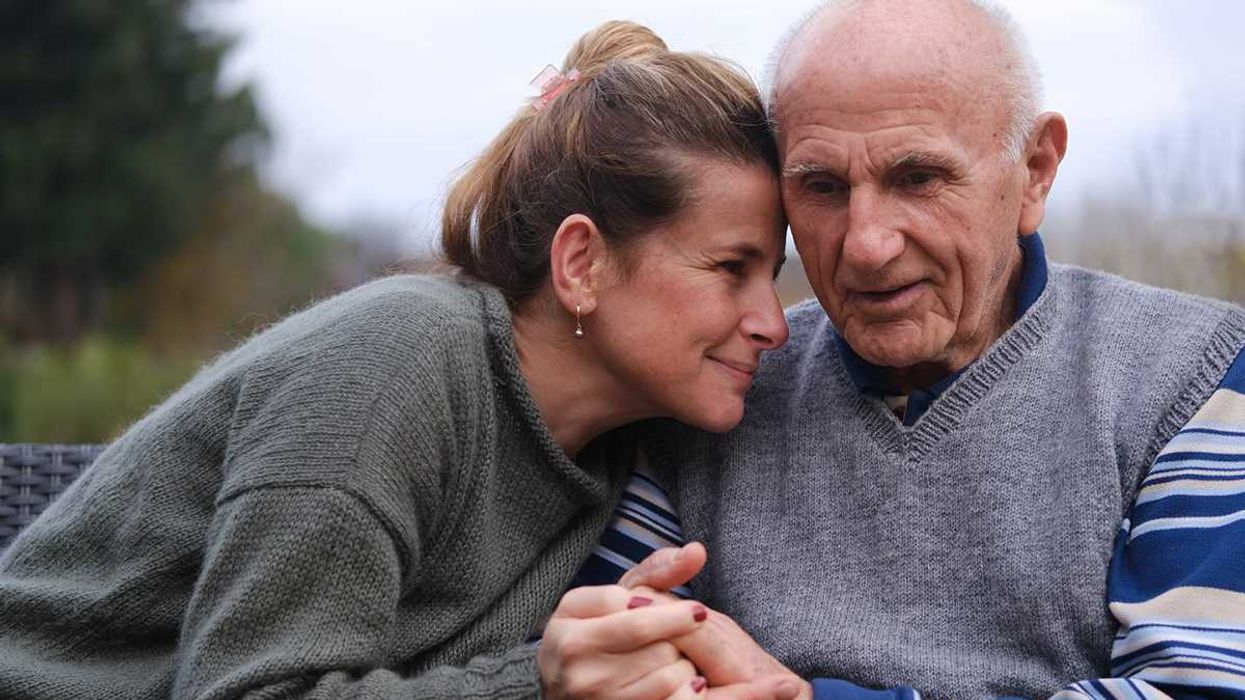

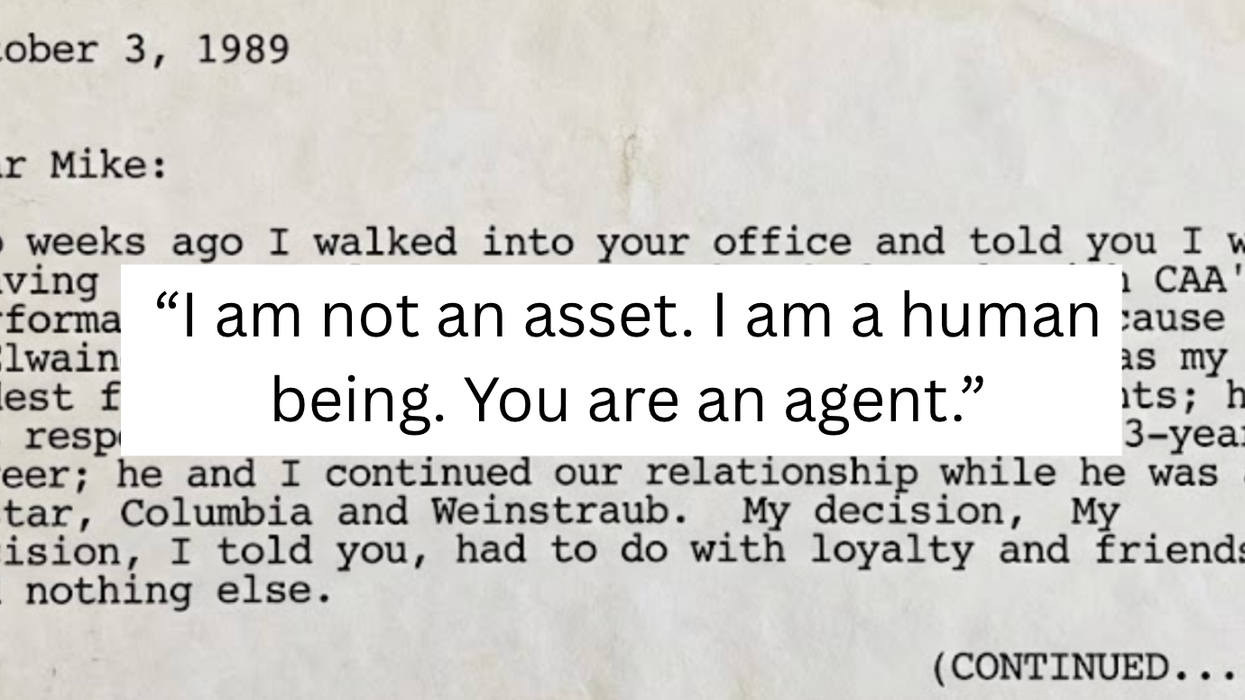

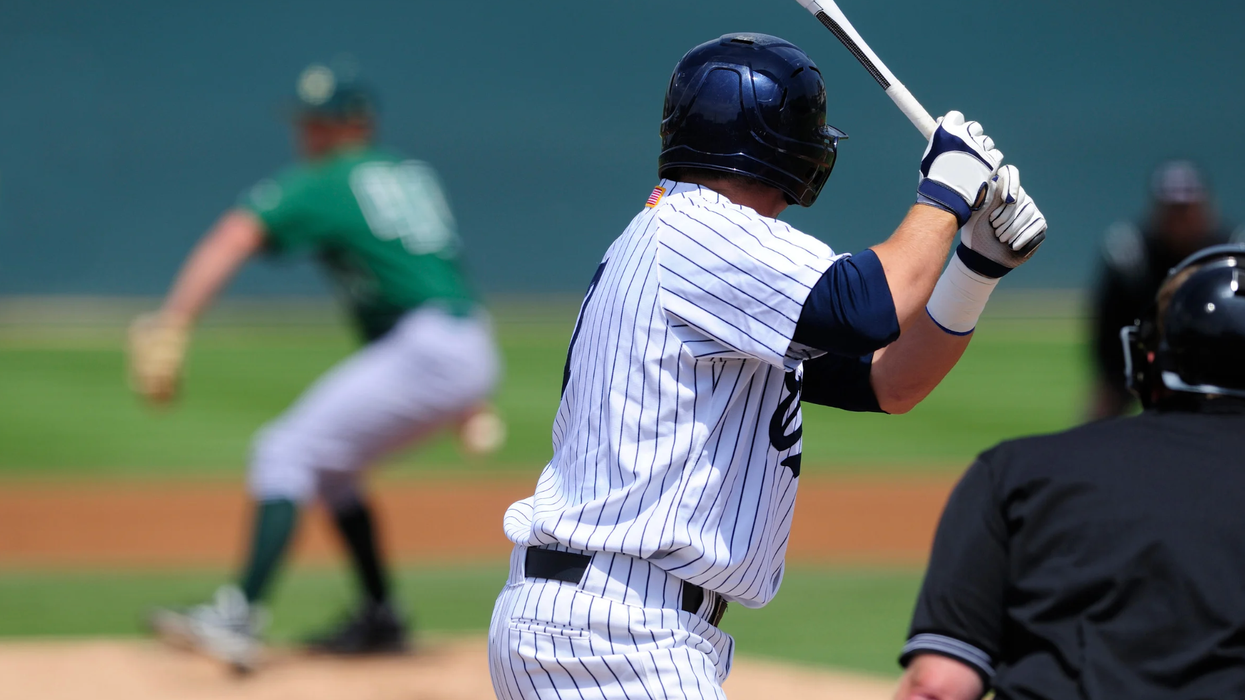

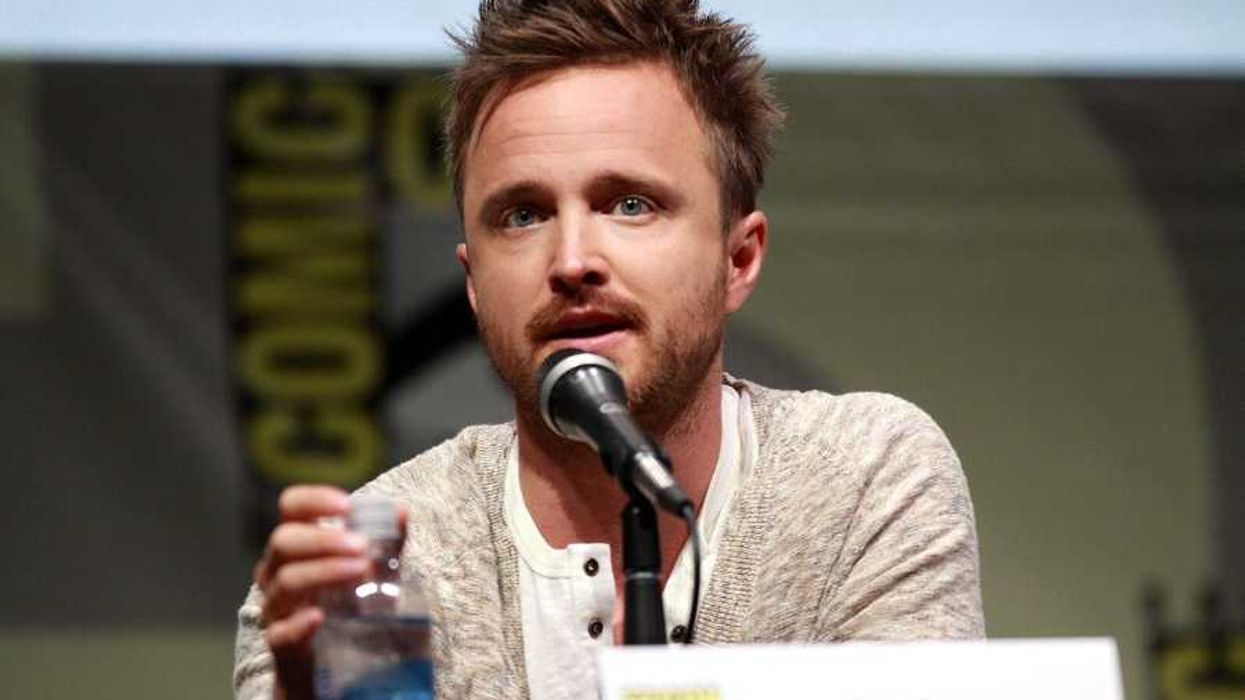



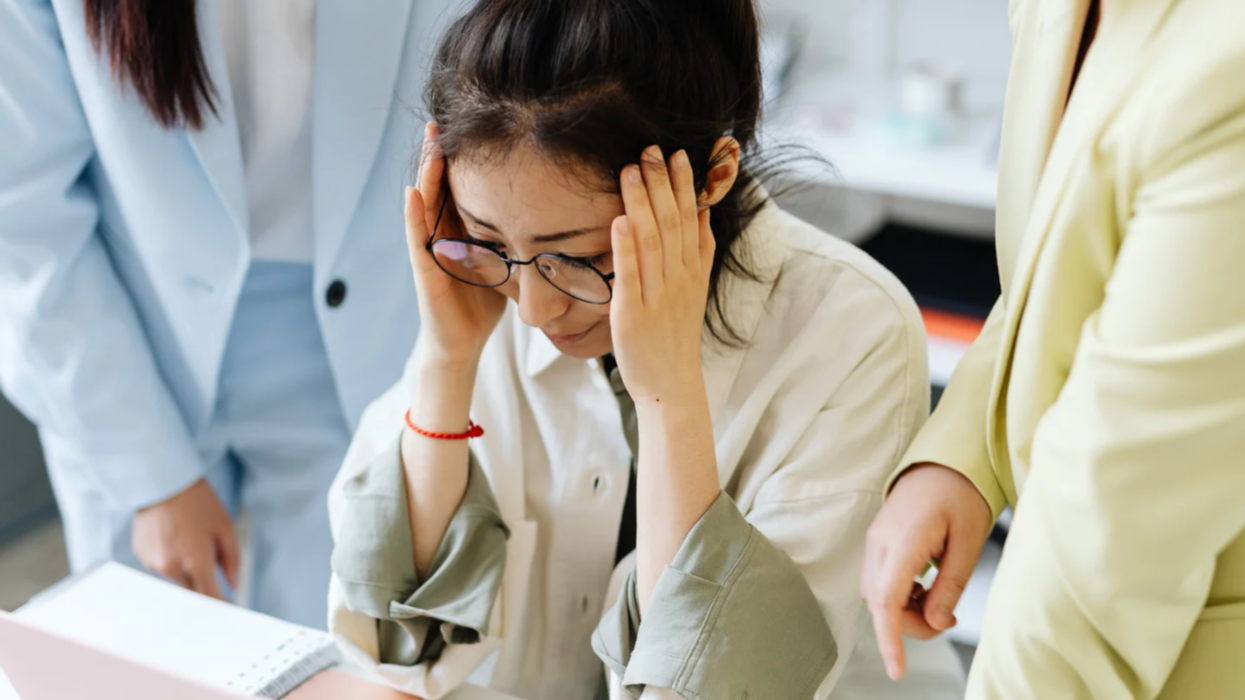
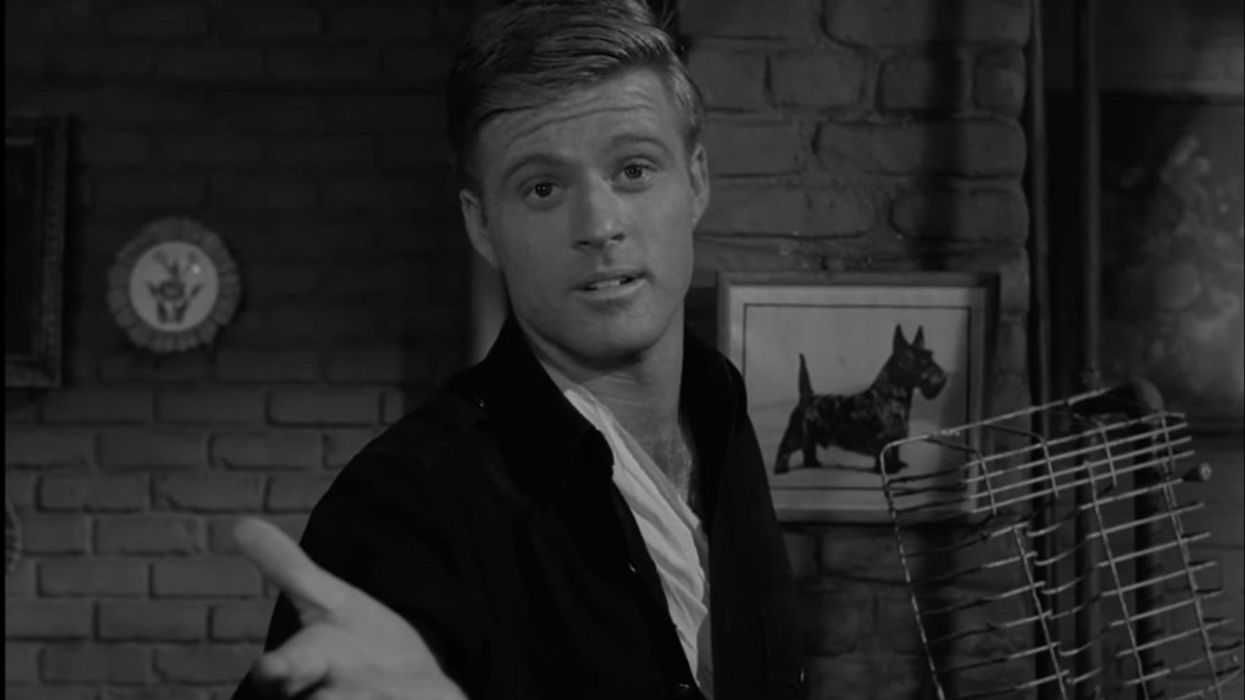
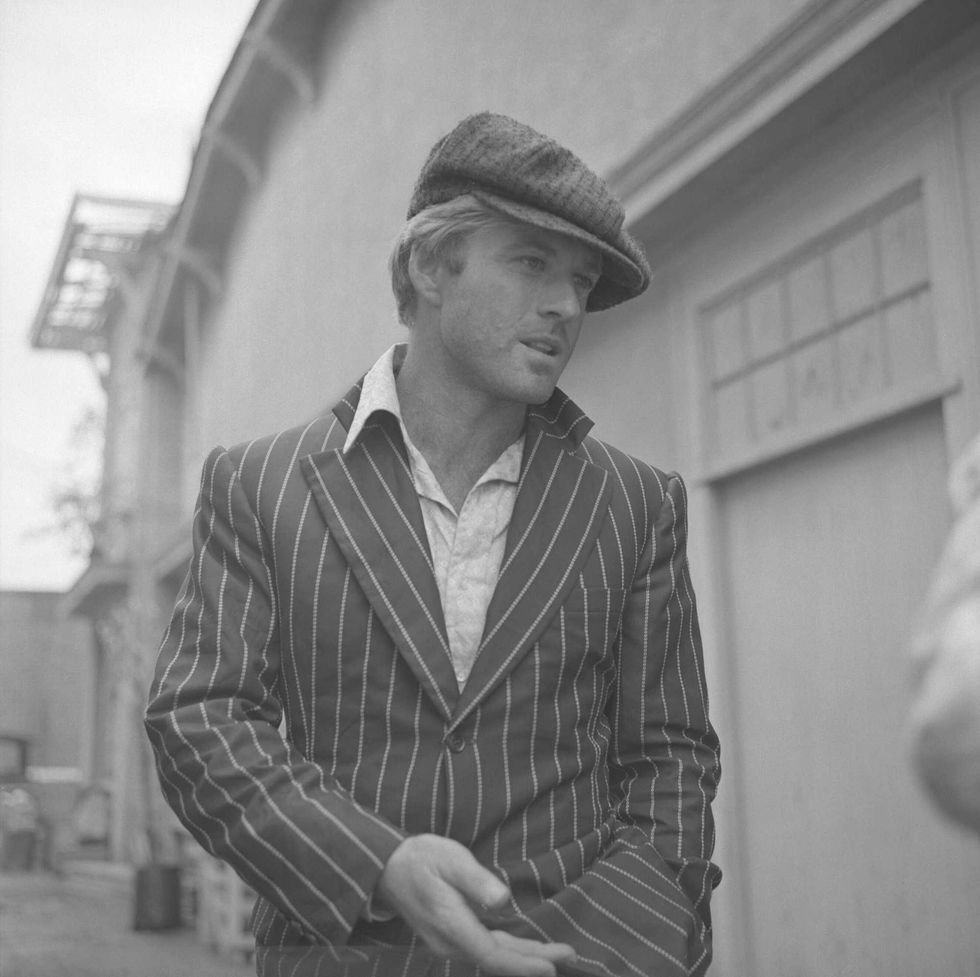 Robert Redford advocating against the demolition of Santa Monica Pier while filming "The Sting" 1973
Robert Redford advocating against the demolition of Santa Monica Pier while filming "The Sting" 1973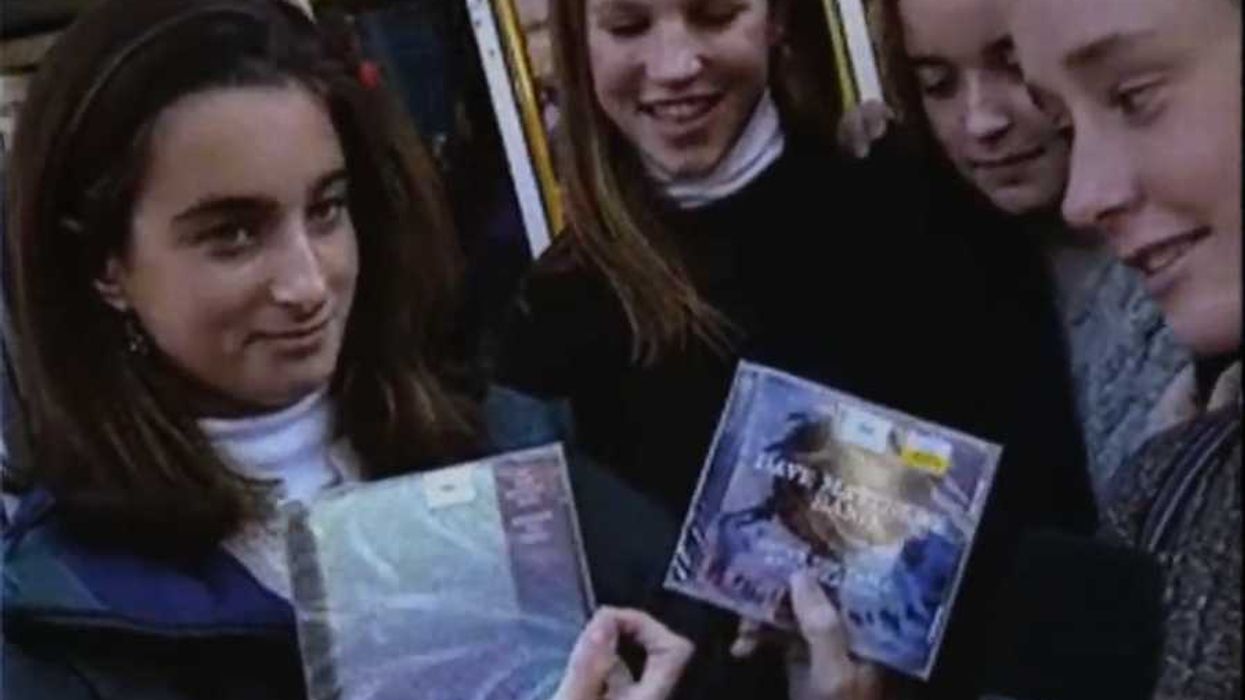


 Image artifacts (diffraction spikes and vertical streaks) appearing in a CCD image of a major solar flare due to the excess incident radiation
Image artifacts (diffraction spikes and vertical streaks) appearing in a CCD image of a major solar flare due to the excess incident radiation

 Ladder leads out of darkness.Photo credit
Ladder leads out of darkness.Photo credit  Woman's reflection in shadow.Photo credit
Woman's reflection in shadow.Photo credit  Young woman frazzled.Photo credit
Young woman frazzled.Photo credit 
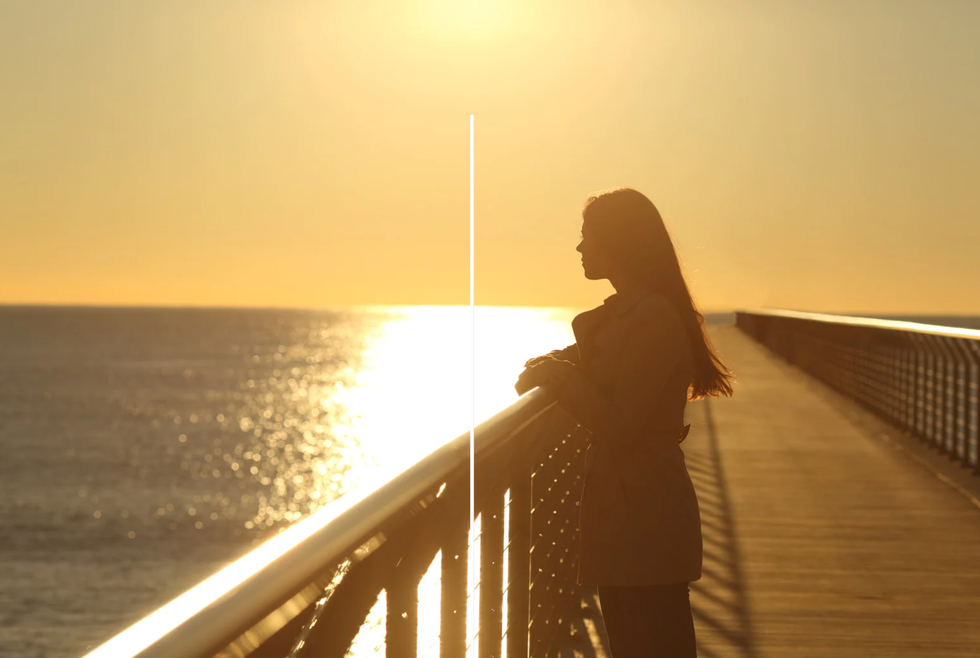 A woman looks out on the waterCanva
A woman looks out on the waterCanva A couple sits in uncomfortable silenceCanva
A couple sits in uncomfortable silenceCanva Gif of woman saying "I won't be bound to any man." via
Gif of woman saying "I won't be bound to any man." via  Woman working late at nightCanva
Woman working late at nightCanva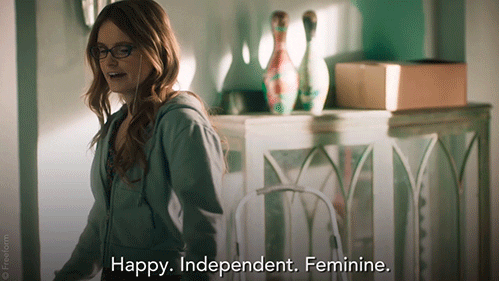 Gif of woman saying "Happy. Independent. Feminine." via
Gif of woman saying "Happy. Independent. Feminine." via